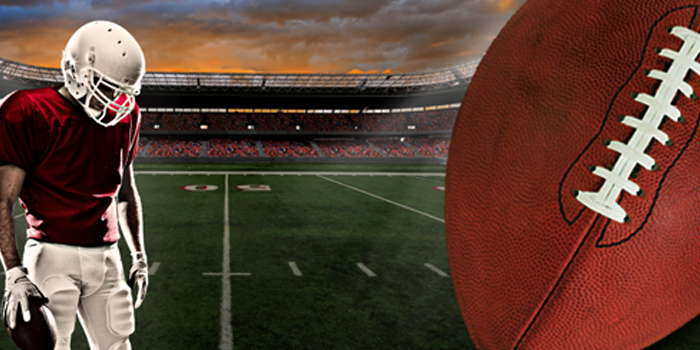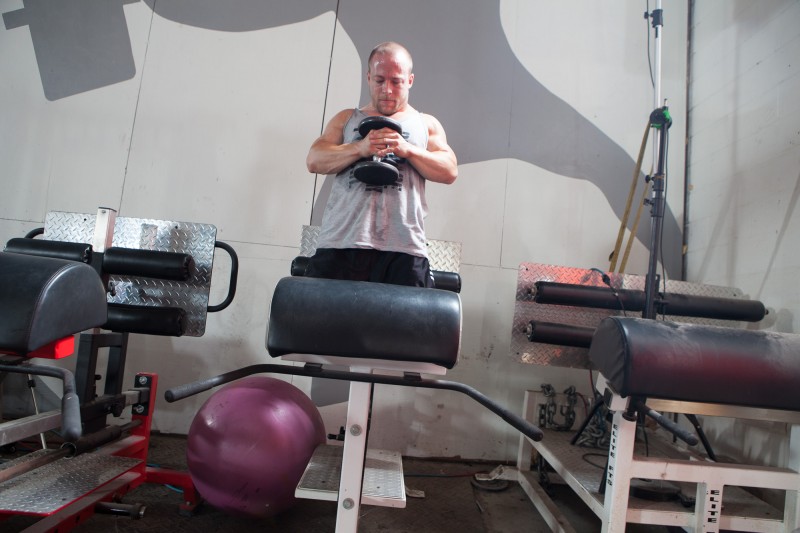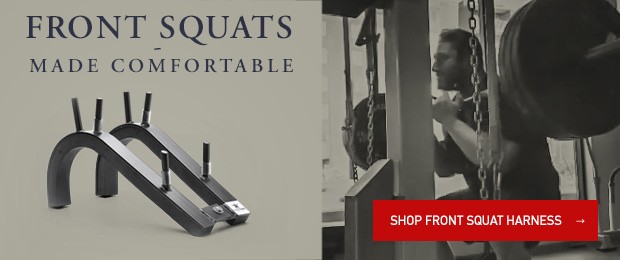
This article will highlight some of the parameters that we look for in our athletes when they arrive on campus. This is what we use for our assessment in determining where and at what level to place these athletes when they integrate with some of our older players. Everyone is constantly evolving, but this method has worked well in the past and could help you with your starting point in the programming for your athletes. I want to point out that we do not care where our athletes start when they get here, but where they finish. Our number one goal is asking ourselves how we can get these athletes to increase their performance and minimize injuries. These should be the two things that are constantly on your mind as a strength coach — the driving force behind everything you do. Stick to that and you will never go wrong.
RECENT: 10 Commandments of Being a Strength Coach
So when a new athlete comes onto campus, what do we do? One of the first things we do even before they get here is to look into their health files, both orthopedic and medical. It is important to see if they had any muscle or ligament damage, but sickle cell traits and/or any heart conditions are also necessary to be aware of. Find out and have a plan. Do not put yourself or your staff in a bad situation because you did not do your homework. Like your mama said, don’t play with fire.
Work Capacity and Work Ethic
Once they are cleared and get into the weight room, we put them through a basic full body workout (high pull from floor, squats, bodyweight lunge, military press, chin-ups, bench press, and bent row) with lighter weights at a good tempo. The weights are lighter so we can get an honest assessment of their technique and to keep the pace moving. The pace is fast to check the first and most important parameters: work ethic and work capacity. They are both different, and to put it in layman’s terms, how much work can they do before they get tired (work capacity), and can they push through discomfort when fatigued (work ethic)? It is amazing after a few workouts how fast work capacity can increase, but work ethic not so much. Either you can push through it, or you have a long four years ahead of you. It is like Arnold said in Pumping Iron: “That is what separates one from being a champion from one who is not being a champion. If you can’t go through this pain barrier, forget it.” It is true, and I really don’t understand why this is such a foreign thought process these days. If athletes are not held to standards and we don’t make them pay some kind of price, how can they expect to win? How can we count on them when it is fourth and one? I am not saying to always max out or do stupid shit that may put them in harm’s way, but something as simple as a plate hold competition never killed anybody.

Technique
Once you check their work capacity and work ethic, exercise technique is next on the list. We get players that have great technique, horrible technique, worse than horrible technique, and everything in between. This is the most important time as a strength coach to let them know what you will tolerate in technique and what you will not. The ones that are really bad we send to their own rack and start from zero. This is the one time you can do this, so take the time and do it. Teach them right from the start. If you rush technique, it will suck for them and for you the whole time you work with them. I have had players that got it after a few sessions and some after a month or two after getting a little stronger and keeping at it.
Remember, you did not recruit these athletes. If they suck when they first get there, it is not your fault. Too many strength coaches get discouraged with young players because they do not develop fast enough. That is why, when coaches ask me to assess a player after one workout session and the kid is drinking through a fire hose, I always say that they suck, even if they are not bad. That way, we can get to work without putting more unneeded expectations on a kid already lost in the jungle. If you need a freshman to come in and save the day, you are already in trouble.
Ability to Bend
So far we have covered work capacity, work ethic, and exercise technique. Next up to bat is the ability to bend. I think this is one of the most important attributes an athlete can have. Can he squat below parallel with his heels on the ground? Can they maintain a good start position on the high pull from the floor? Can they lunge without collapsing forward every rep? These are very important to look for, and if an athlete is struggling, you need to get them working on it as soon as possible. Active movements, stretching post-workout, different ways of squatting or deadlifting — do whatever it takes get them to bend. You will thank yourself and they will thank you in the end.
Strength
Last but not least, we can check their “Tarzan strength." That is what I like to call the overall strength of an athlete. This is done through watching bodyweight exercises (chin-ups, dips, push-ups) and watching the core area to see that it doesn’t collapse when doing the big lifts. For example, can they squat below parallel (ability to bend) but they lean forward because their back and abs can’t take the strain? Also, can they hold a good start position on deadlifts, cleans, and high pulls?
These are just some of the things we look at when assessing new players to the program. It is not easy at first, but with some experience, you will be able to see these things as time goes on. Remember, do not get discouraged. Take your time and teach them the right way on how to do things. Nothing is ever fast enough for coaches, but doing things right from the start will pay off huge for both you and for them down the road. There is nothing more satisfying than when an athlete finally “gets it” because you took the time to teach them how to do things right, and their performance increases because of it. Keep up the good work.











1 Comment